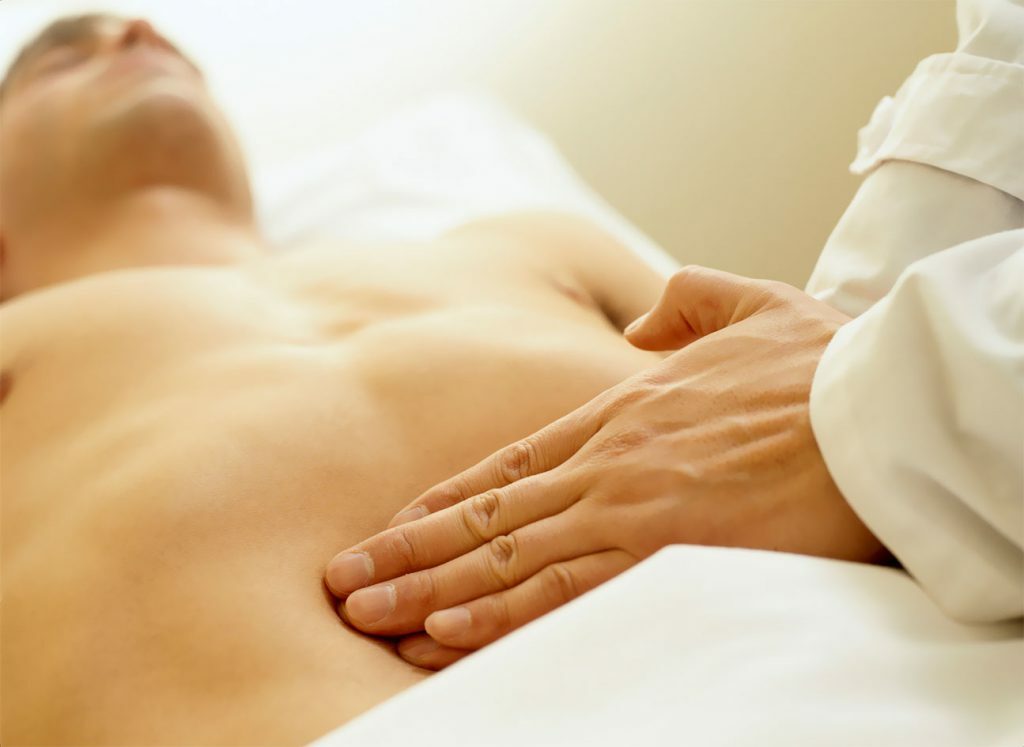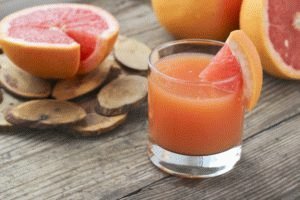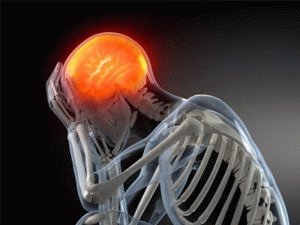Dyskinesia of the esophagus: causes, symptoms, diagnosis and treatment of the disease
Stress, nervous breakdowns, unhealthy diet, alcohol abuse can provoke esophageal dyskinesia. Even babies are not immune from this uncommon, but unpleasant disease. Doctors diagnose three percent of people with different types of this disease. It is noted that the peak incidence is associated with elderly people. Most often, women at risk are women who have crossed the thirty-year milestone: seventy cases out of a hundred account for them.
Dyskinesia of the esophagus is a disease that negatively affects the normal movement of the food coma along the pharynx to the stomach. The reason lies in the violation of the wave-like contraction of the esophagus, due to which food is able to move. Peristalsis (contractions) in this case decreases or increases, which negatively affects the motor (motor) function of the esophagus. A similar hypermotor type of disorder provokes segmental esophagus spasm, if there is a twofold increase frequency of contractions, or diffuse, when the contractile frequency proceeds arbitrarily, is spastic character.
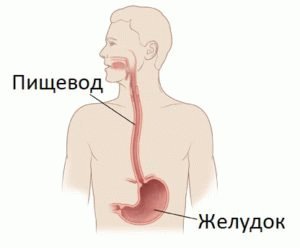
Content
- 1 Causes
- 2 Symptoms
-
3 Diagnostics
- 3.1 Contrast fluoroscopy
-
4 Treatment
- 4.1 Diet
- 4.2 Drug-free treatment
- 4.3 Drug treatment
- 4.4 Surgical intervention
- 4.5 Traditional methods
- 5 Prophylaxis
Causes
Dyskinesias are of a different nature. Primary and secondary are distinguished from them. The primary view, like the esophageal motility disorder, is not based on the influence of other gastrointestinal diseases. Most often, the reason lies in disorders of the nervous system, stressful situations, neurotic conditions, alcohol dependence.
A secondary type of dyskinesia is a consequence of existing diseases of the gastrointestinal tract. These include hernia, esophagitis, and the presence of a diverticulum.
Symptoms
When visiting a doctor's office, it is necessary to describe the sensations in as much detail as possible, since the symptom associated with them in most cases indicates the presence of a wide variety of diseases. The first symptom of dyskinesia, doctors call dysphagia - unpleasant painful sensations when swallowing, aggravated by stress. It can manifest itself with insufficient chewing, too cold or hot food. Also, the cause is nervous strain, alcohol abuse, smoking.
The next sign may be a bursting chest pain, so strong that pain is given to the neck and face. The patient's body is permeated with heat and trembling. The conditions of occurrence are the same as in dysphagia, but it manifests itself regardless of whether the patient is eating at that moment or not. Belching and regurgitation when bending forward indicate another unpleasant symptom - insufficiency of the lower cardiac sphincter.
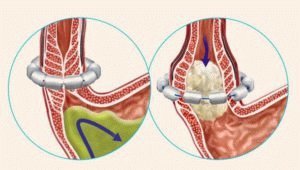
Lower cardiac sphincter
Diagnostics
The most accurate diagnosis of this disease will be a gastroenterologist. It makes sense to visit his office if you have difficulty swallowing and severe chest pains. The doctor, on the basis of the outlined symptoms, will give a referral for a more detailed examination, namely, for contrast fluoroscopy (X-ray).
Contrast fluoroscopy
Contrast fluoroscopy is the main way to diagnose if the movement process in the esophagus is impaired. The bottom line is that the patient, who is in a sitting position with a straight back or standing, drinks a special contrasting mass, then lies down on his back and the radiologist examines whether the reagent remains in the stomach or has returned to the pharyngeal region. If the mixture overcame the cardiac sphincter and left the stomach, the doctor makes a conclusion about the presence of the disease. For greater confidence, the patient will be asked to raise his straightened legs up, take several deep breaths and swallowing movements.
Other diagnostic methods are also tomography, which reveals the presence or absence of neoplasms, and tonokimography, which assesses the esophageal canal by the frequency of contractions.
Treatment
At the initial stage, it is necessary to eliminate the factors provoking the development of the disease. These include stressful conditions, physical activity, alcohol, smoking, consumption of cold, hot and spicy foods (spices, hot sauces, carbonated drinks). The patient is advised to streamline the daily routine: avoid overwork, take food on time in a relaxed atmosphere, full sleep on a high pillow with a raised head.
Diet
The most common treatment is a special diet. It involves eating in small portions (no more than three hundred grams) 5-7 times a day. In this case, cooked food should avoid the undesirable properties described above. Dishes are suitable liquid or chopped (mashed potatoes, soup), warm, not spicy. In the patient's diet, foods enriched with plant coarse fiber are not recommended. For breastfed babies, antireflux mixtures help eliminate symptoms expressed by vomiting and regurgitation.
Drug-free treatment
Therapy without the use of medications is to prevent surges in intra-abdominal pressure. To this end, it is necessary to reduce emotional and physical stress. The patient is advised to avoid overeating, lifting and carrying heavy objects, physical exercises associated with the tilt of the body are strictly prohibited. It is unacceptable to wear clothes that tightly tighten the chest and throat.

Drug treatment
The use of medications is aimed at restoring the motor function of the esophageal tube. There is also a fight against the spastic state of smooth muscles, the result of which is often paralysis of the esophagus. "Metoclopramide" and "Betanektol" increase muscle tone, and to eliminate spasms, doctors recommend a number of drugs, the most popular of which are "Papaverine" and "Drotaverin". In the primary form of the disease, which occurs against the background of nervous breakdowns and stressful conditions, it is recommended to take sedative sedatives.
To increase the stimulation of gastric motility, aceclidine, carbacholine, strychnine and other drugs are used. In the process of such treatment, it is forbidden to take food and oral medications.
A special place is occupied by various medicinal herbs (more about folk methods of treatment in the following paragraphs). Ginseng root, eleutherococcus extract perfectly treats atony, increases the tone of the esophageal tube. Common chamomile, mint, popular valerian root are very valuable in relieving cramping.
Spa treatment is of great benefit. Visit to resorts offering guests a range of services, including physiotherapy and treatments, associated with the use of mineral waters, will have a beneficial effect on the state of the gastrointestinal path.
Surgical intervention
This method of treatment is rarely used. In cases where diet and medication are powerless to eliminate the violation.
Traditional methods
Traditional methods are very widespread. Several of the most popular recipes stand out.
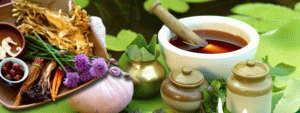
- Taken in equal amounts: anise, celandine, St. John's wort, corn silk, knotweed herb, coriander. The plants are mixed, 600 ml of boiling water is poured in. After half an hour of infusion, the mixture is ready for use. They drink three times a day, regardless of the moment they eat.
- You need corn stigmas, bear ears, smooth herb grass, beans and knotweed grass - just the same. Mix and fill with one glass of hot water. We use the filtered mixture during the day. Do not forget to pre-insist for one hour.
- Thoroughly chop and mix: a sheet of three-leafed cotton wool, celandine, pharmacy chamomile. Pour a tablespoon of the resulting mixture with a glass of boiled water. The mixture is infused for about an hour. Drink 100 ml in the morning and evening.
- Required ingredients: a couple of parts of buckthorn, three knotweed, chamomile extract, St. John's wort, sandy immortelle leaf. The plants are mixed and filled with one liter of cold water. The mixture is infused for about twelve hours. After boiling for five minutes, filter thoroughly. We drink one glass before breakfast, the rest we finish in small portions after each subsequent meal.
Prophylaxis
For the purpose of prevention, it is necessary to timely identify and treat diseases that can provoke problems with the gastrointestinal tract. It is recommended to annually examine the pharyngeal canal and its upper sections endoscopically.

